California Water Board Outlines $606M Bill Assistance Program
The state looks for ways to help poor households with the increasing cost of drinking water.
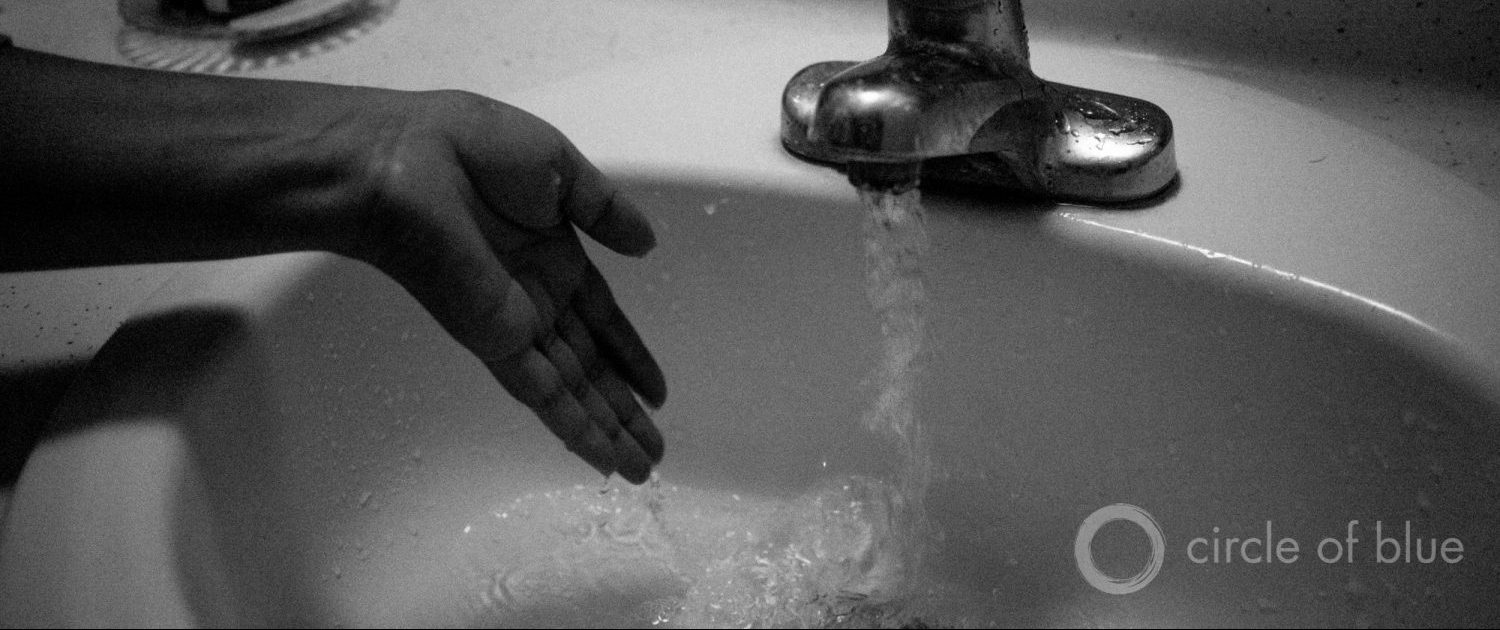
California officials are developing the nation’s first state program to assist poor families who have trouble paying their water bill. Photo © Matt Black
By Brett Walton, Circle of Blue
To subsidize drinking water bills for poor households, California regulators recommend new taxes on bottled water and incomes above $1 million a year, according to a draft proposal released by the State Water Resources Control Board.
If the $606 million proposal, or an alternate version, is accepted by the Legislature, California would be the first state in the country to run a water bill assistance program. With the affordability of water and sewer service a hot topic nationally and utility aid programs either underfunded, non-existent, or handcuffed by state laws, other states will be watching the outcome.
“It’s quite complex,” Max Gomberg, a water board staff member involved in drafting the proposal, told Circle of Blue.
The proposal for new revenue to address drinking water access follows a failed attempt in the Legislature last year to fund water infrastructure upgrades in poor communities by increasing fertilizer taxes and imposing a $0.95 per month fee on residential water bills. Utilities objected to the fee.
It’s quite complex.” — Max Gomberg, California Water Board
Across the country, the cost of drinking water is rising faster than inflation as utilities replace worn-out distribution pipes, invest in new sources of supply, and respond to stricter state and federal water treatment requirements. That trend is expected to continue for the foreseeable future, utility analysts say.
California’s proposal, prompted by legislation passed in 2015 but also informed by its landmark human-right-to-water law from 2012, aims to bridge the gap between utility resources and customer needs. A U.S. Environmental Protection Agency survey of 795 utilities nationwide found that more than seven out of 10 did not have a bill assistance program for poor customers. California, meanwhile, has the nation’s highest poverty rate when taking into account housing, food, and other costs of living.
Few of the trade groups that represent the state’s water utilities wanted to discuss the board’s proposal before they had a chance to review it in depth. Both the Association of California Water Agencies and the California Urban Water Agencies are still assessing the document, they told Circle of Blue.
Those organizations represent public water agencies. The California Water Association speaks for the state’s regulated water companies, which serve about 6 million people in the state.
Jack Hawks, the association’s executive director, told Circle of Blue that his group will be interested in how existing assistance programs will be handled. About a decade ago, state regulators required the largest water companies, those with more than 10,000 customer accounts, to establish assistance programs, which are funded by ratepayer dollars.
Laura Feinstein, a researcher at the Pacific Institute who tracks state drinking water policy, said the proposal is an important step for California, but it needs to be enacted in tandem with other reforms, such as funding for small systems with frequent water quality violations. Many families served by these systems turn to bottled water instead, which is far more expensive per unit than tap water.
“If a serious proposal gets off the ground to reform and support the underperforming small systems, then bottled water becomes a luxury for everyone, rather than a necessity for some,” Feinstein wrote in an email.
Delving into the Details
California lawmakers have to answer four main questions when designing the aid program: Who is eligible? How large will the benefits be? How will benefits be distributed? How will the program be funded?
The water board’s draft proposal answers each.
On the first question, households whose income is less than 200 percent of the federal poverty level are eligible. The water board estimates that 5.8 million households — a third of the state’s 40 million people — are below that threshold.
Fewer than half of Californians get water from a utility that offers a bill subsidy for poor residents or another program to lower the cost of water. The programs that do exist are often limited by available funding and constrained by state statutes that prohibit public utilities from using ratepayer funds to reduce customer bills. Only one in five low-income households in the state are part of a utility aid program, the water board estimates.
For a small utility in a poor region, running an aid program could be financially untenable: nearly all of its customers might qualify for assistance. For instance, if the eligibility threshold was set at 200 percent of the federal poverty level, five out of six households in Mendota, a San Joaquin Valley farm town of 11,000 people, would quality for aid. Few, if any, utilities could afford to subsidize that many of their own customers.
Unlike for energy bills, there is no federal water bill assistance program. Recent attempts to pass legislation in Congress have failed.
“Really the hard part is finding the political will to fund a program like this when we fund programs for everything else,” Gomberg said, referring to state and federal welfare for food, energy, and healthcare.
The second question is the size of the benefits, which determines the cost of the program. The water board’s proposal divides the benefit into three tiers.
The first tier, corresponding to bills below $90 per month, is a 20 percent discount. The second tier, for bills between $90 and $120 per month, is a 35 percent discount. Tier 3 — bills above $120 per month — is a 50 percent discount. The discount is specific to each utility and is derived from the monthly cost of 12 CCFs of water, roughly 9,000 gallons.
How does the calculation work? Customers of a utility where 12 CCFs cost $60 per month would have bills reduced by $12 per month, regardless of consumption. That means a household using 8 CCFs gets the same $12 discount as one using 13 CCFs.
Customers of a utility where 12 CCFs cost $100 per month would have bills reduced by $35 per month, regardless of consumption.
More than 93 percent of eligible households would fall into Tier 1, the water board reckons.
The board chose 12 CCFs as the benchmark because it allowed for sufficient indoor use, a little bit of outdoor use, and it accounted for larger-than-average households. There was also already self-reported utility data on customer costs at that level.
Distribution of benefits is complicated by the fact that three-quarters of eligible households do not directly receive a water bill. Many of these households are served by a single meter, as in an apartment complex, or the landlord receives the water bill.
The proposal lists the pros and cons of a half dozen different distribution methods, from a credit applied to electric or gas bills to a tax credit or a debit card similar to food stamp payments. Each option comes with different data needs, administrative costs, and coordination with other state agencies.
“We want to minimize customer confusion,” Hawks said.
The final, and perhaps most visible, question is funding. The water board suggests two sources to cover the estimated $619 million cost: a bottled water sales tax ($153 million) and a quarter-percent tax increase on income above $1 million ($466 million).
There are obstacles to funding: allowing state sales tax to apply to bottled water requires a ballot referendum, while raising taxes requires a two-thirds vote in the Legislature.
The board is taking public comments on the draft that will be incorporated into the final report to the Legislature later this year.
Comments are due February 1. Submit them, in pdf format, to commentletters@waterboards.ca.gov with the subject line, Comment Letter — Options for Implementation of a Statewide Low-Income Water Rate Assistance Program.
Brett writes about agriculture, energy, infrastructure, and the politics and economics of water in the United States. He also writes the Federal Water Tap, Circle of Blue’s weekly digest of U.S. government water news. He is the winner of two Society of Environmental Journalists reporting awards, one of the top honors in American environmental journalism: first place for explanatory reporting for a series on septic system pollution in the United States(2016) and third place for beat reporting in a small market (2014). He received the Sierra Club’s Distinguished Service Award in 2018. Brett lives in Seattle, where he hikes the mountains and bakes pies. Contact Brett Walton

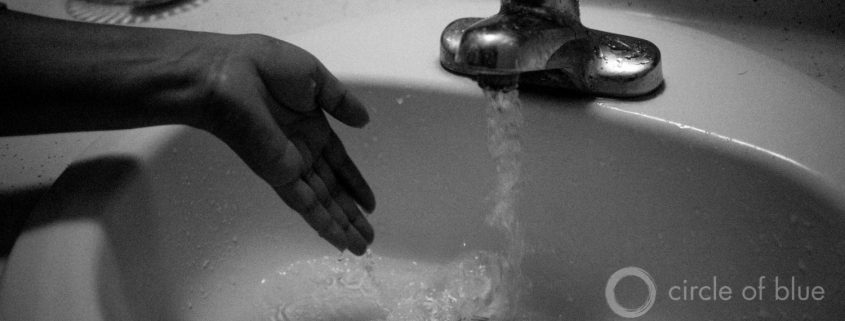

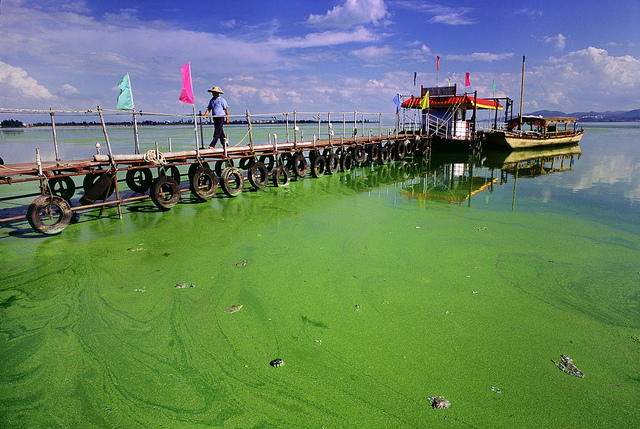

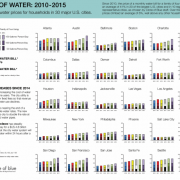
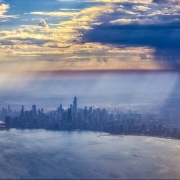

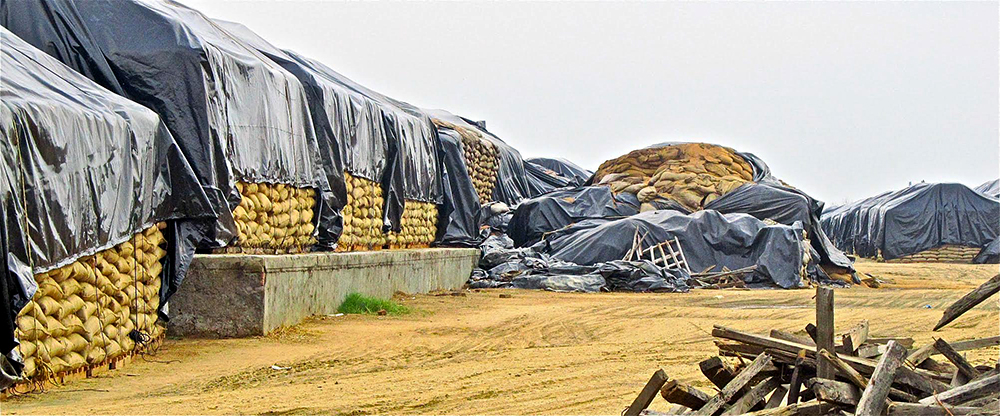


The federal poverty level is based on the poorest places in the country and unrealistic to anyone poor in the San Francisco Bay Area, especially Silicon Valley.
Seniors citizens whose careers were in the service industries, even graphic artists and constructions workers, now on soc sec fixed incomes, and those working in the other service industries here usually don’t qualify for that poverty level. They’re often far above that poverty level though some can’t even afford food.
The mentally disabled living on soc sec disability income don’t even qualify. I had to take one of my sisters who’s severely bi polar living on that to the food bank twice a month for a few years. She only had a place to live, shared housing, due to the County mental health group who over saw her care.
The utility bills go up and up yet social security income stays stagnate. Those in service industries didn’t have enough to put in IRAs either. So again that federal poverty level is not realistic for living in this valley, very few qualify.
I definitely support the assistance program. It’s needed. I’m just pointing out my frustration, that after years of looking into it for subsidies for my husband and I as seniors barely making it, that poverty level isn’t realistic for the SF Bay Area.